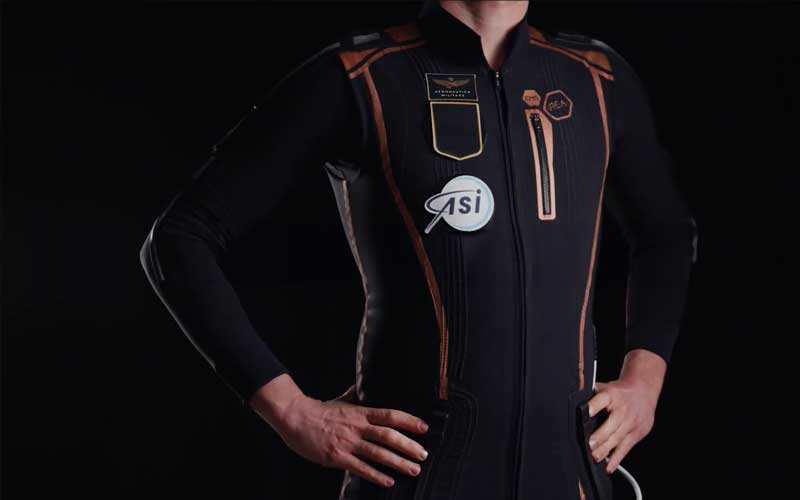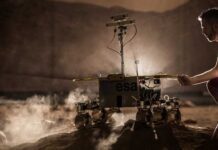
REA Spazio will conduct its first in-orbit test of the company’s Electrical Muscle Simulation (EMSi) spacesuit aboard the SpaceX Axiom Mission 3 (AX-3) flight, which is expected to be launched from the Kennedy Space Center later today.
With the EMSi suit, REA hopes to reproduce the same muscular stimulation the human body receives on Earth during periods in low gravity. The company developed the suit in collaboration with the Italian space agency (ASI) with technical support from the Politecnico di Bari’s Department of Electrical and Information Engineering.
Once in service, the suit would first be worn by an astronaut on Earth to calibrate it to the individual. Any movement made by the astronaut during his or her mission to space would be met by electrostimulation to the area in use based on the parameters set during the calibration phase.
It is hoped that the suit will enable astronauts to arrest the loss of muscle and bone mass during spaceflight. This kind of technology will be a key part of enabling long-duration spaceflight, with studies finding that astronauts lose up to 1% of their bone mass each month spent in space.
The variant of the EMSi suit that will be flown aboard the AX-3 flight will test the suit in its “muscle monitoring configuration.” The suit will be worn by Colonel Walter Villadei, who will serve as the mission’s pilot. The primary data collection phase, according to REA, will be conducted during the SpaceX Crew Dragon’s flight to the space station. During this time, Colonel Villadei will conduct “specific exercises” to ensure the suit is thoroughly tested.







